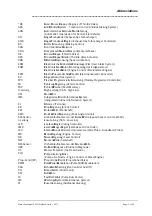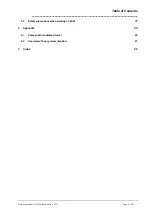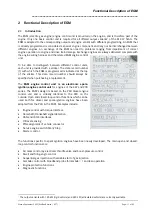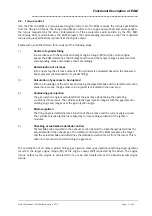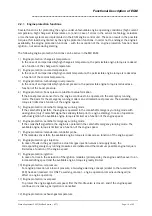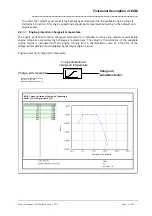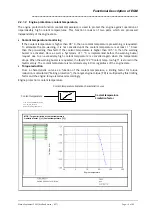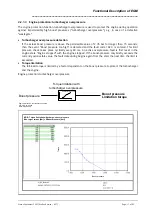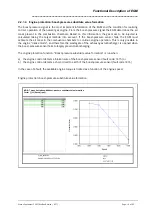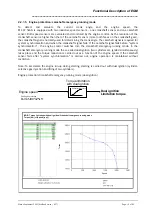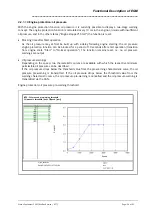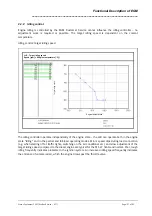
Functional Description of EGM
_____________________________________________________________________
Status September 2003 (EvoBus-Service / AFT)
Page: 13 of 83
2.2
Torque control
Like the PLD, the EGM is a torque-based engine control unit. The EGM receives the torque specification
from the FR via a CAN bus. The torque specification refers to the engine output shaft and corresponds to
the torque requested by the driver (interpretation of the accelerator pedal position by the FR). With
functioning CAN communication, the EGM actuates the corresponding actuators so that the requested
torque (torque specification) is present at the engine output.
Expressed in simplified terms, this consists of the following steps:
1)
Control of cylinder filling
In accordance with the specification target engine torque (FR) and the current engine
speed, the EGM determines the DK target position and the target charge air pressure from
corresponding maps and actuates these accordingly.
2)
Determination of air mass
In the next step the air mass present in the cylinders is calculated based on the measured
boost pressure (determination of cylinder filling).
3)
Calculation of gas mass to be injected
With the knowledge of the air mass and taking the target lambda and the lambda correction
value into account, the gas mass to be injected is calculated in the next step.
4)
Conducting gas injection
The gas injection angle is calculated from the gas mass while taking the operating
conditions into account. The cylinder-selective gas injection begins with the gas-injection
starting angle and ranges over the gas injection angle.
5)
Mixture ignition
The firing angle is determined as a function of the air mass and the current engine speed.
The cylinder-selective ignition is realised by corresponding actuation of the ignition
modules.
6)
Checking actual lambda (lambda control)
The lambda probe mounted in the exhaust section behind the turbocharger determines the
actual lambda in the exhaust gas. The lambda controller of the EGM compares the target
and the actual lambda and determines the lambda correction factor from the result. This is
taken into account when determining the gas mass.
The combination of air mass (cylinder filling), gas injection mass (gas injection) and firing angle (ignition)
results in the target engine torque (FR) at the engine output shaft requested by the driver. The engine
torque output by the engine is calculated from a map and transferred as the absolute actual engine
torque.



